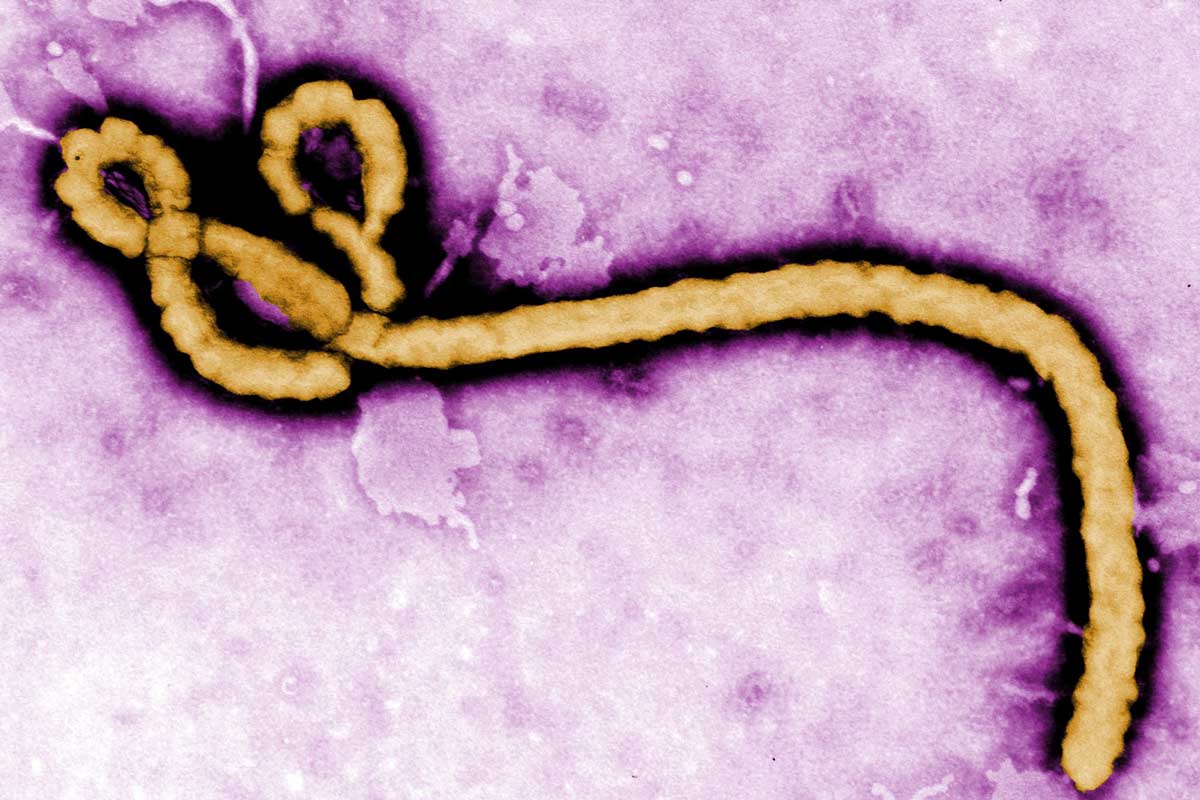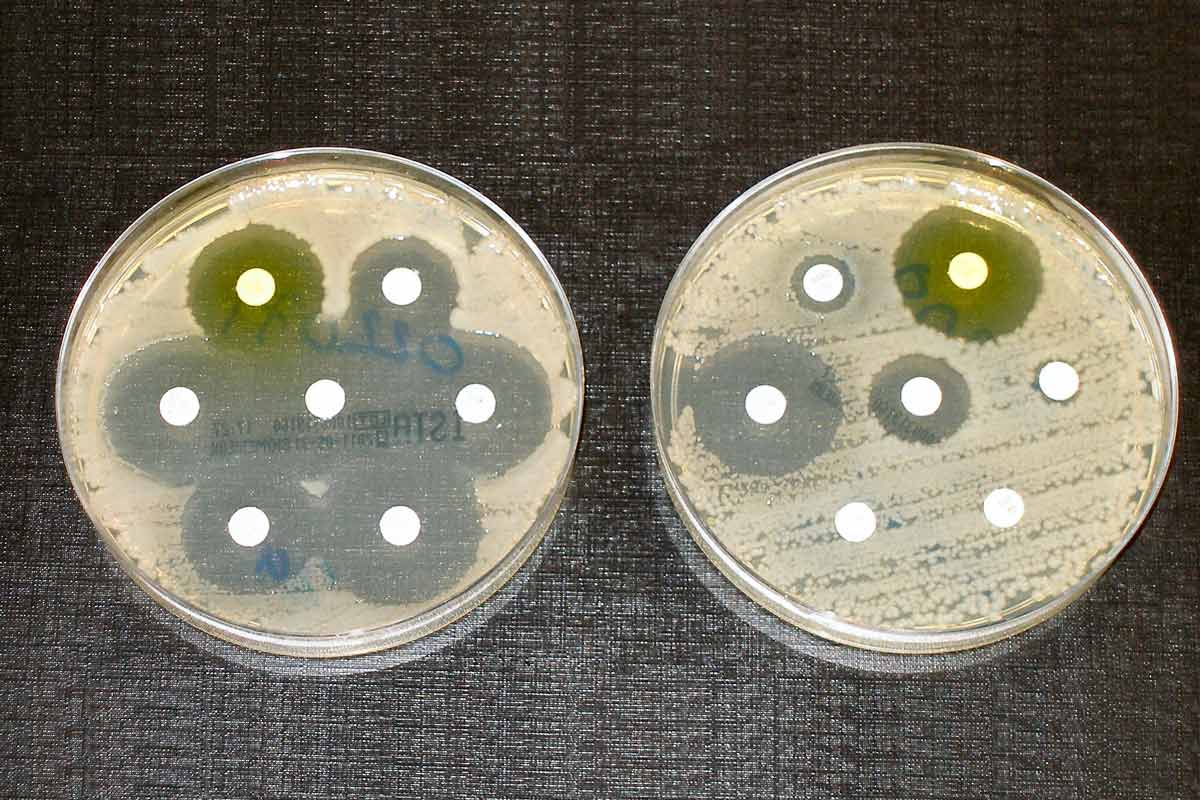The surprise factor that makes India’s deadliest snake even more toxic
Climate change could alter the composition of Russell’s viper venom, research suggests.
- 11 April 2025
- 3 min read
- by Linda Geddes

One of India’s most dangerous snakes could become even more toxic in areas of the country rendered hotter and drier because of climate change.
Researchers have discovered that local weather patterns can predict the characteristics of Russell’s viper venom, with snakes in drier regions producing more protein-degrading enzymes that can damage human tissue. These insights could be used to predict the clinical symptoms of snake bites in different regions, and help doctors to select the most appropriate treatments, the study authors say.
Russell’s viper (Daboia russelii) is found across the Indian subcontinent and is responsible for around 43% of snake bite deaths in India each year. Yet the composition of its venom varies, with people experiencing different symptoms, depending on where they live. These differences are thought to arise from varying concentrations of the different enzymes in the venom, but the external factors driving this variation were unknown.
Deadly bite
“Russell’s viper is arguably the clinically most important snake species in the world. It kills and maims more people than any other snake species. As a result, it is important to precisely unravel the composition, activity and potency of Russell’s viper venoms and understand the role of biotic and abiotic factors in shaping them,” says Dr Kartik Sunagar at the Indian Institute of Science in Bangalore, who led the research.
“Recent studies from our lab have shed light on the influence of biotic factors, such as developmental shifts in diet, on Russell's viper venom composition and toxicity. However, the effects of abiotic or environmental factors remained unstudied.”
To investigate, Sunagar and colleagues analysed venom samples from 115 snakes collected at 34 locations across India, testing the activity of various toxins in their venom, including enzymes that break down proteins, phospholipids and amino acids.
They also used historical climate data to better understand the relationship between the composition of the snakes’ venom and their local climate.
The research, published in PLOS Neglected Tropical Diseases, suggested that both temperature and rainfall could partly explain regional variations in venom composition.
Have you read?
Snakebite maps
Concentrations of protein-degrading enzymes, called proteases, showed a particularly strong link to climate, with snakes in drier regions of India, such as the northwest, tending to have higher protease activity, compared to those in humid and high rainfall areas. These insights could be used to help clinicians select the most appropriate treatment for patients with snake bites, or to develop targeted therapies such as toxin-specific antibodies.
Sunagar and his colleagues have already created a map of expected venom types across Russell’s vipers’ ranges in India, which could be used to predict the clinical symptoms of snake bites in different regions. “These predictive maps will provide valuable insights into localities where a particular targeted therapy, such as a toxin-specific recombinant antibody, species-specific antivenom, or small molecule inhibitor drug could be applied,” the researchers said.
For example, snakebites in northwest India may require therapies targeting proteases in the venom, while patients in east India may require ones targeting phospholipase A2 – an enzyme that damages cell membranes, contributing to inflammation and tissue damage.
Given that the Indian subcontinent is expected to experience a growing number of extreme weather events, including heatwaves and droughts, in the coming decades, this could have a knock-on impact on the severity of snakebites. “It’s difficult to predict if they’re going to be more or less lethal, but the changing weather patterns are definitely going to have an effect on the composition and potency of snake venoms,” Sunagar says.








